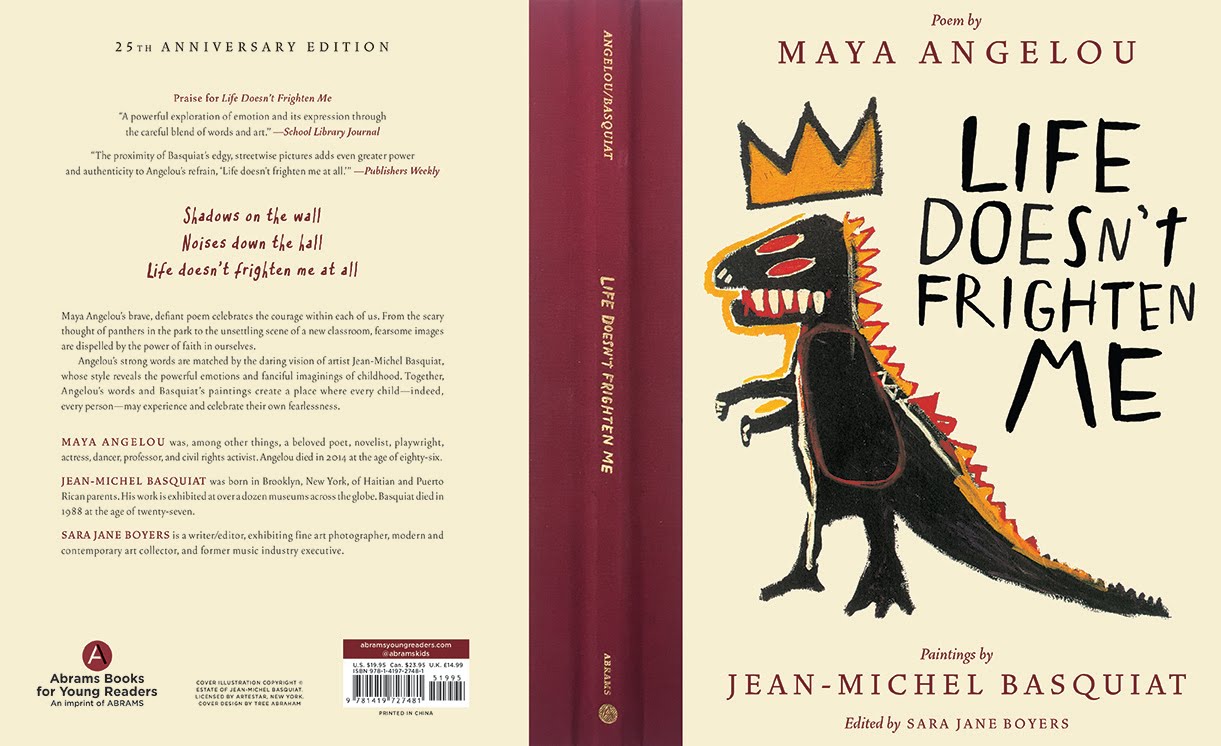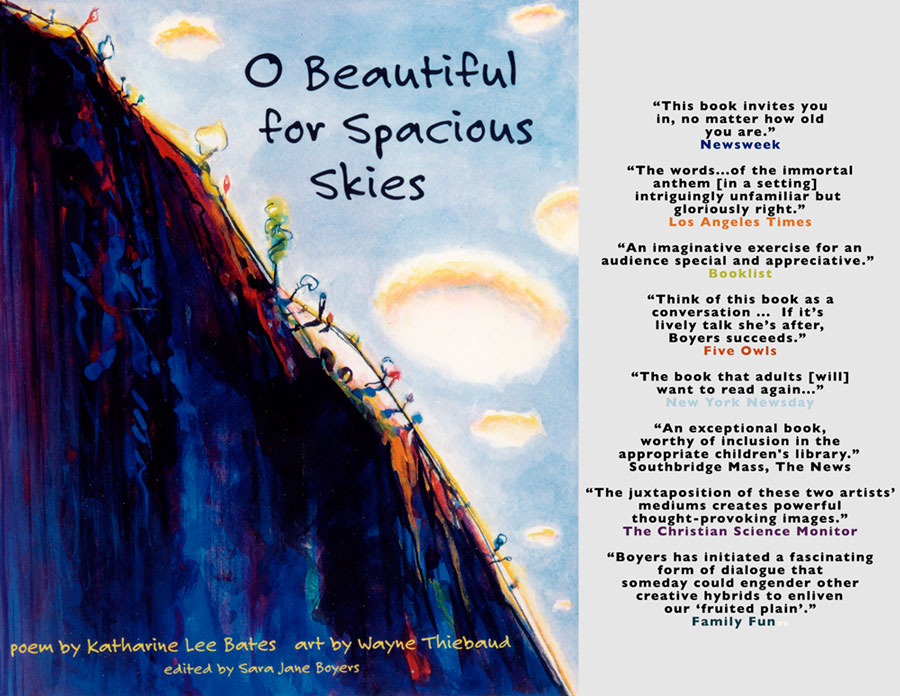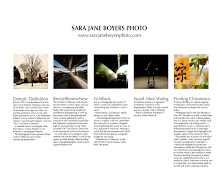It is hard to think about photography in the desert. So many have covered this topic, many so successfully.
This surreal landscape, even for those of us who have grown up in a desert (for isn't that what Los Angeles truly is?), fascinates most of us with its alien forms, its unrelenting sun and tones of beige sand reaching out past the horizon. As opposed to the far-reaching landscape of the marine environment where, yes, there is also the blue prevailing color that is comforting, the desert brings us feelings of unease and a bit of danger.
And for imagery, the desert is about contrast, between the loneliness and the stark landscape beauty. Between the need to see life and the desolate definition that requires hardship, struggle and lays bare not only our human, but life's need for one of its most basic elements: water.
Is it exotic? Is it safe when wherever we tread - urban desert like Palm Springs or Tuscon - or foreign of the Sahara - we search out the strange creatures that could attack us?
The American Deserts are where we go for the exotic. The empty spaces attract those who want to be our but without. Those who escape, for a time, the harrowing winters, known as the "snowbirds." Those who seek solace in the silence and in a place where the grand vistas speak to the silence.
In the desert we rarely sit inside to watch TV but venture outdoors, even in the most oppressing heat, to hike, sit on a porch to read and watch the sunset, breathe in the dry air and enter into a quiet moment, often with just ourselves. With native vegetation mostly untouched, those with holistic or mystical yearnings arrive to discover what is there in the vacant space while at the same times, themselves in a place with few distractions. The words of the "urban" desert: retreat and nature.
Even when social, the deserts are places of retreat, where one can meet together with like kind and focus. It is a place of fantasy where someone like the late multimillionaire founder of Avery labels can purchase a swath of land and commission an LA-based sculptor to create a melting pot of mythic and mesozoic and mythologial beings that one drives through like a christmas/disneyland tour, standing silent, occasionally headless due to the high desert winds, to give offerings to some great god of visual perception and tourism
This past weekend, I did exactly that: meeting with children's writer friends in Anza Borrego, one of our nation's largest state parks. Under the illusion that we were there for the wildflowers, we discovered so much more.
For me, so long now into photography the gathering brought me back to my writing roots. It returned me to family memories of a visit 20 years past with children not yet even teens, driving off-road with un-licensed children at the wheel - one so small that she had to sit in front of me to gain the proximity to even reach the pedals. The desert is a place of breaking the codes.
Most essential, brought me to childhood, from scents of orange blossoms on the highway - no freeway - drives through the inland empire, stopping at the tracks for the trains to race through, to lush manufactured oasis' in Palm Springs where mountains turned obsidian in the night and dry hot air determined one's activities for the day.
Hope, stuff get abandoned in the desert. We arrive full of hope. Some of us leave full of despair. The artifacts remain, faded, sun-drenched. In Southern California we even have a natural 20th Century artifact, the Salton Sea. Man-made, if not by design, but achieving a natural state, then subsiding, literally and figuratively, until both commerce and the environment combine to demonstrate its death toll until it, like the dcaying structures that surround it tell what we most wish not to hear: that man and his environment fades, no matter what we do.
I find it ironic that, although there are deserts worldwide and, in fact, we share a large part of our Western deserts - the Sonoran - with the middle east and probably elsewhere, there is a true American sensability to the Southwestern desert.
My Websites
Thursday, March 28, 2013
Subscribe to:
Posts (Atom)





